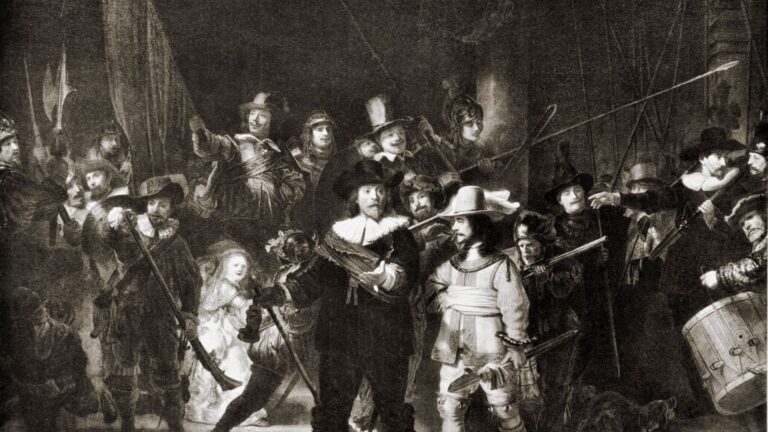Art often speaks in whispers, with creators embedding subtle messages within their masterpieces. These hidden details can reveal unexpected meanings, historical contexts, or personal stories, and they’re really very fun to uncover. Here are 14 of the best examples of hidden messages found in famous works of art.
The Last Supper by Leonardo da Vinci

Perhaps the most famous artwork on this list is Leonardo da Vinci’s “The Last Supper,” which, according to LeonardoDaVinci.net, holds many hidden secrets, including a musical composition. Italian musician Giovanni Maria Pala discovered that the positioning of the hands and loaves of bread in the painting correspond to musical notes. These notes create a short piece of music when played, adding an impressive layer of mystery to this iconic artwork.
The Creation of Adam by Michelangelo
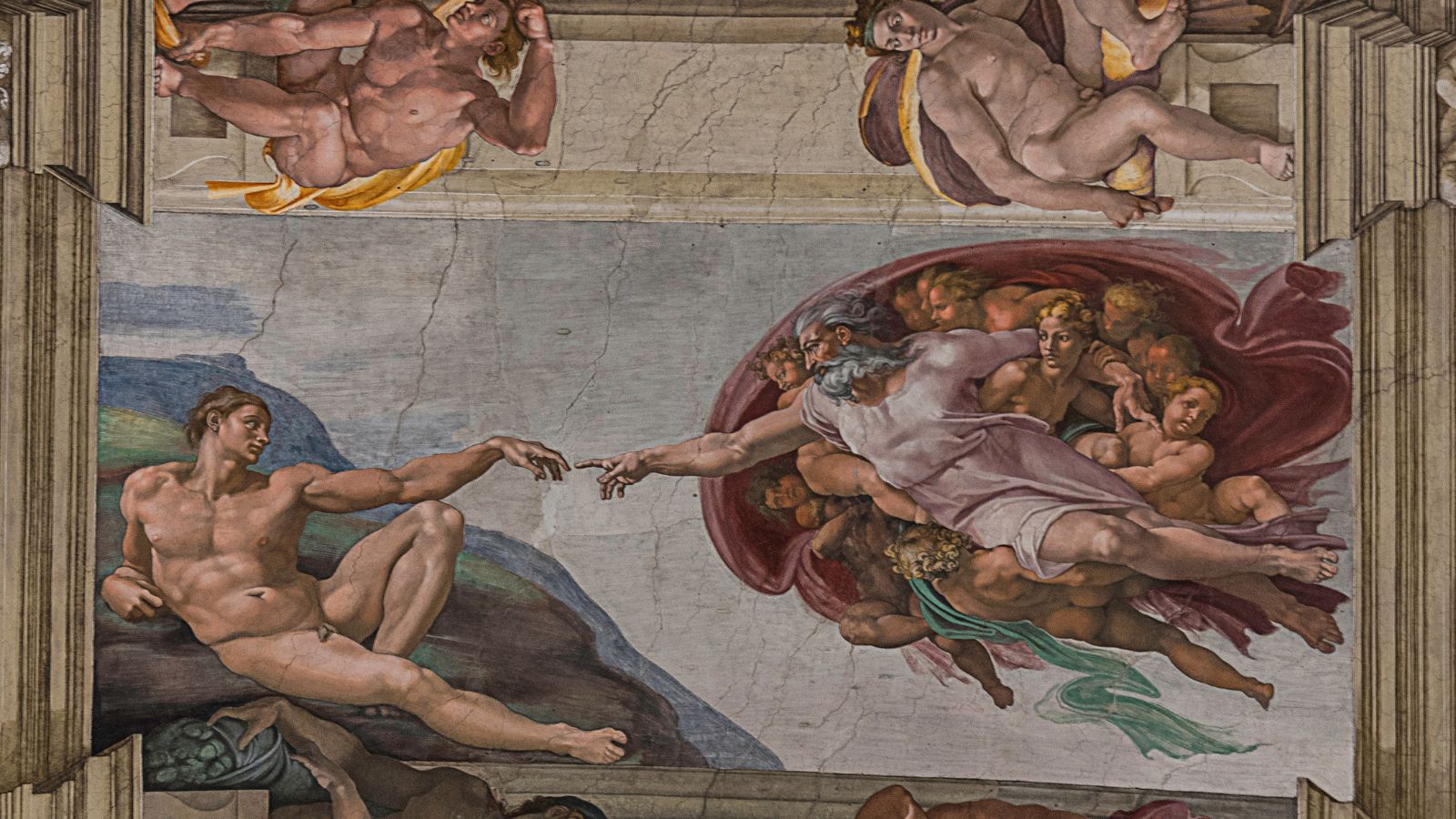
In the Sistine Chapel, Michelangelo’s “The Creation of Adam” contains a hidden anatomical reference. Scholars have identified the shape of a human brain in the depiction of God’s cloak. Many consider that this could symbolize the divine gift of intelligence bestowed upon humanity, reflecting Michelangelo’s interest in anatomy and human potential.
The Arnolfini Portrait by Jan van Eyck
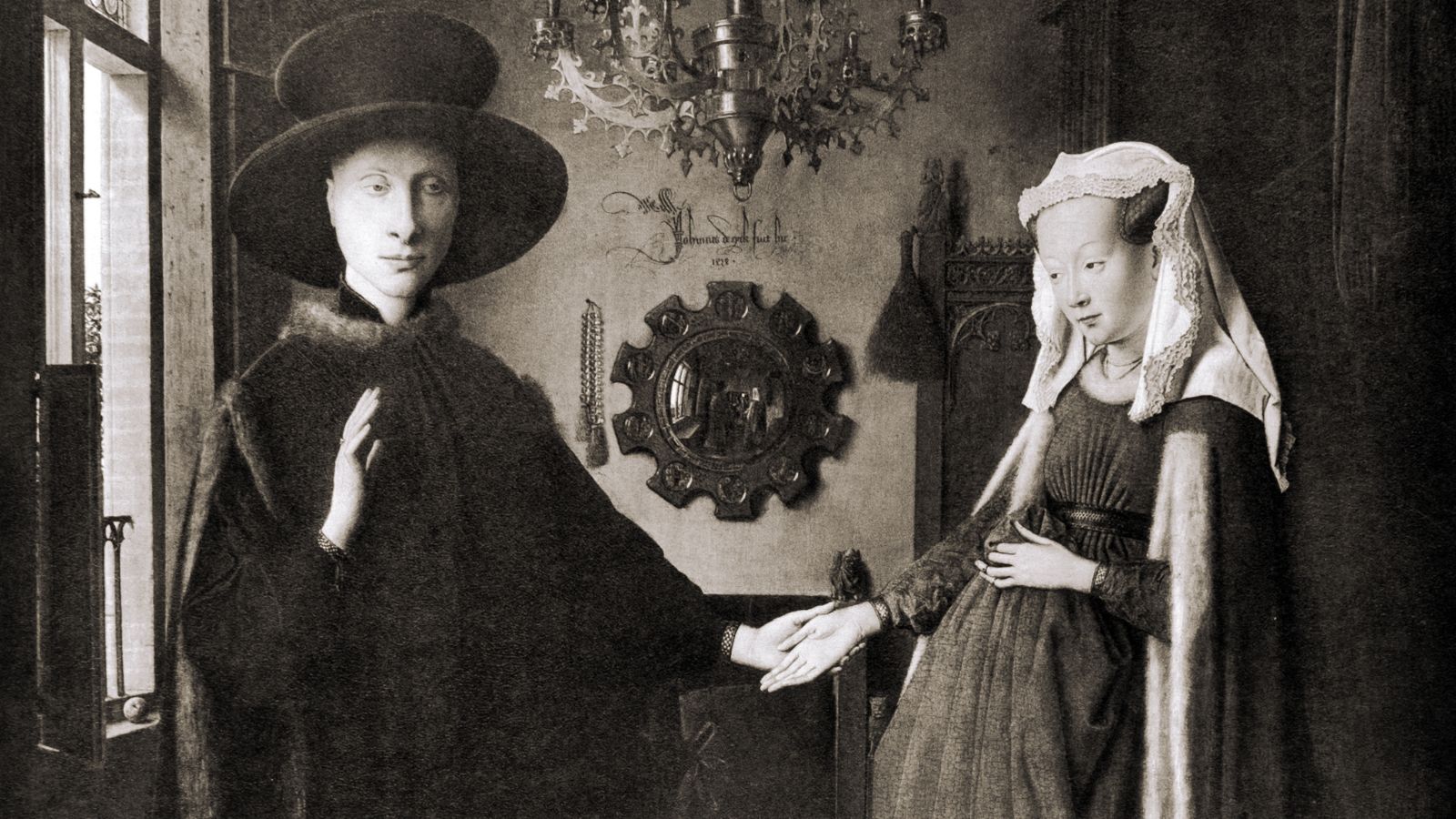
A convex mirror in Jan van Eyck’s “The Arnolfini Portrait” reveals two additional figures in the room, with one believed to be the artist himself. This hidden detail not only demonstrates Van Eyck’s mastery of perspective but also his clever way of inserting himself into the scene.
The Old Guitarist by Pablo Picasso

Pablo Picasso’s “The Old Guitarist” conceals a hidden portrait beneath the visible painting. Using infrared technology, researchers uncovered the outline of a woman’s face behind the guitarist. This hidden image suggests Picasso’s practice of reusing canvases and provides insight into his creative process during his Blue Period, even if this wasn’t intentional.
Mona Lisa by Leonardo da Vinci

Another particularly famous work by Leonardo da Vinci is the Mona Lisa, yet again containing a hidden message. Recent studies have revealed tiny letters and numbers hidden in the eyes of Leonardo da Vinci’s “Mona Lisa.” The letters “LV” might stand for Leonardo’s initials, while the numbers remain a mystery.
The Persistence of Memory by Salvador Dalí
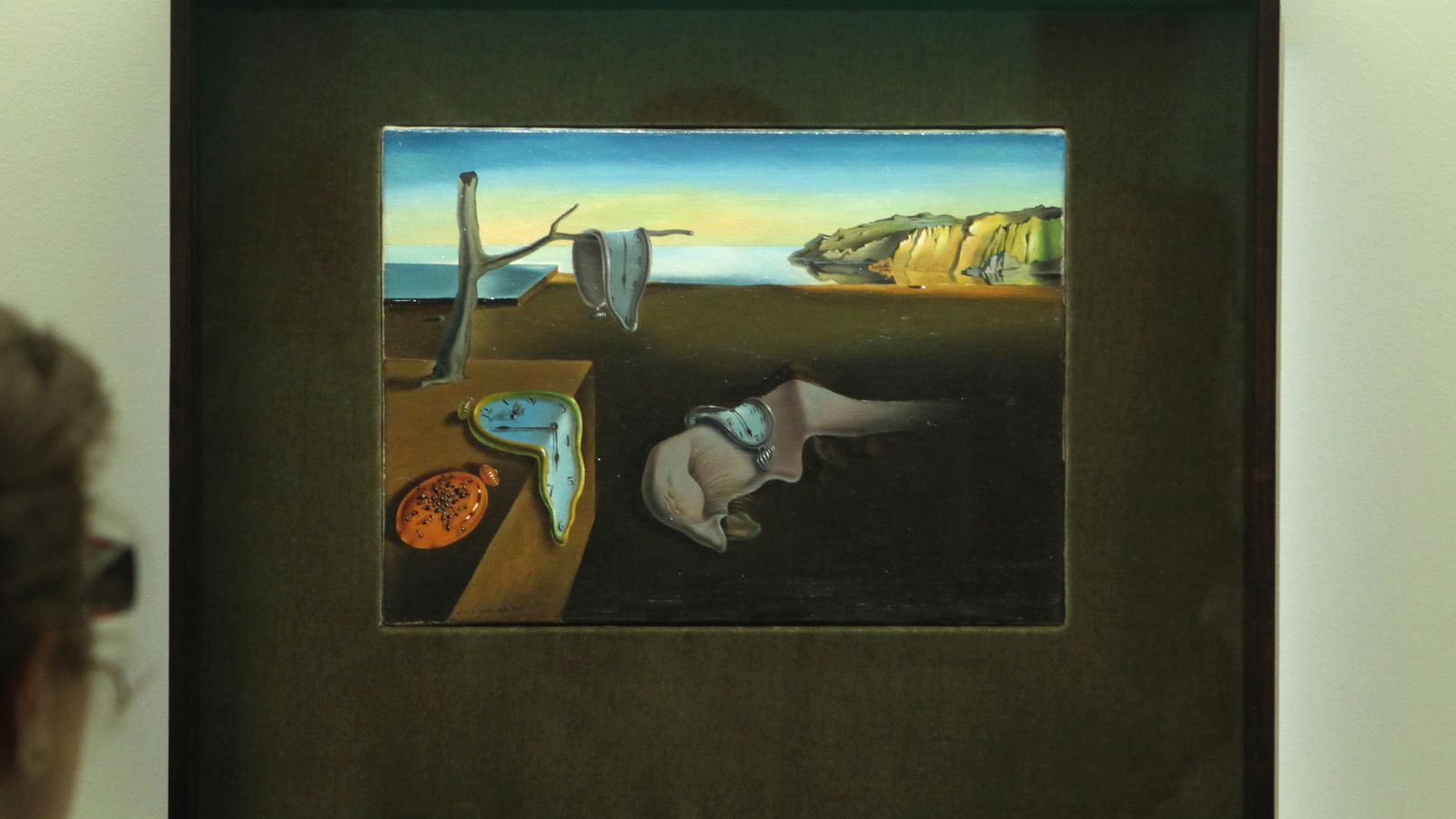
Famous for its melting clocks, Salvador Dalí’s “The Persistence of Memory” also contains a hidden self-portrait. Dalí can be found in the central melted clock, with this subtle inclusion reflecting Dalí’s surrealist style, blending reality and dreams while inserting his own presence into the surreal landscape.
The School of Athens by Raphael

In “The School of Athens,” Raphael’s depiction of classical philosophers includes a hidden portrait of Michelangelo, shown as Heraclitus. This inclusion is thought to be Raphael’s tribute to Michelangelo, whom he greatly admired despite their artistic rivalry.
The Garden of Earthly Delights by Hieronymus Bosch

In the right panel of Hieronymus Bosch’s “The Garden of Earthly Delights,” a hidden musical score can be found. A man is stretched over a musical instrument with notes inscribed on his back. When played, these notes form a haunting tune, adding to the painting’s eerie atmosphere.
The Starry Night by Vincent van Gogh
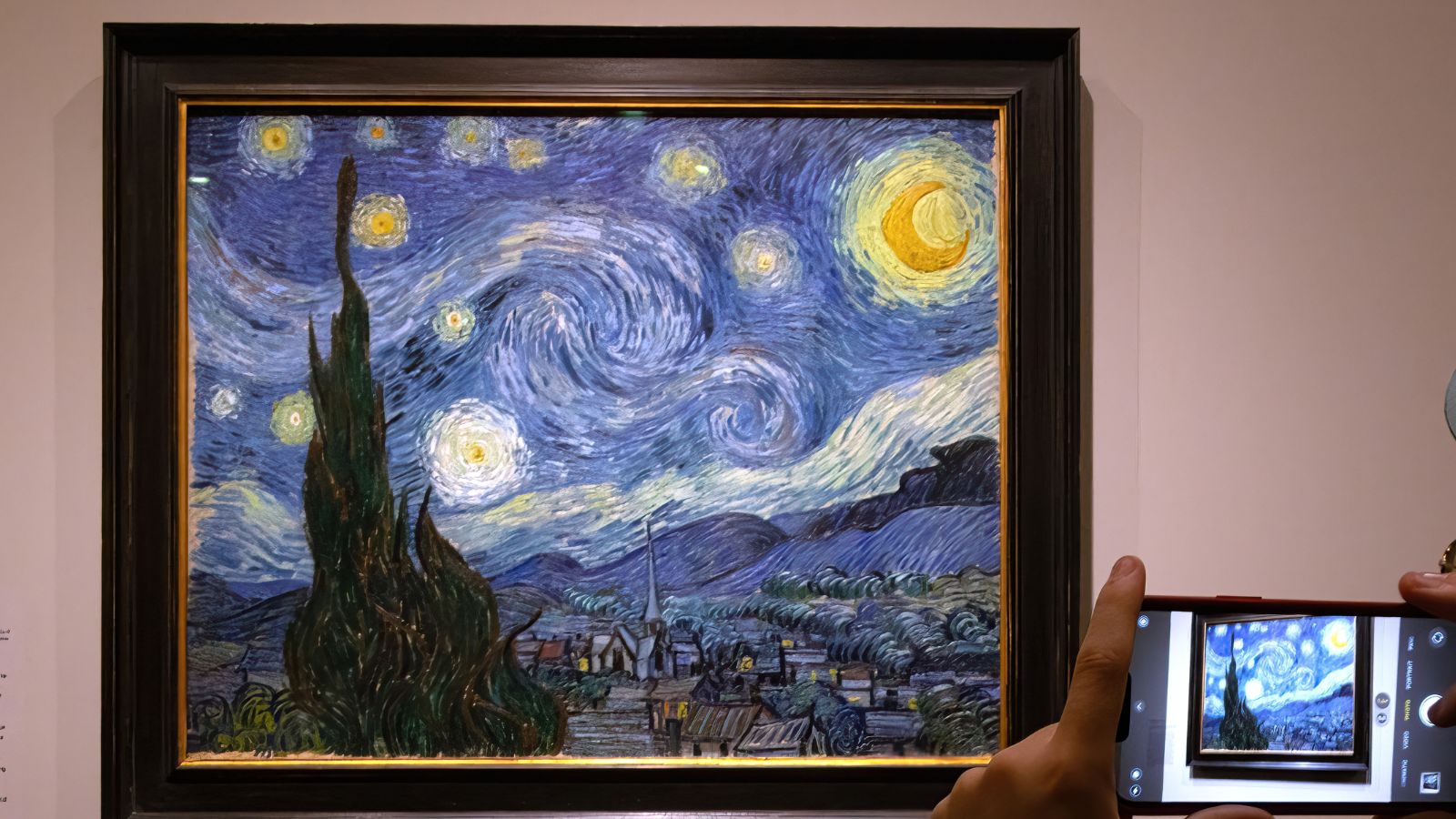
Vincent van Gogh’s “The Starry Night” has been analyzed meticulously for its depiction of turbulence and fluid dynamics. Astrophysicists discovered that Van Gogh’s swirling patterns closely resemble mathematical representations of turbulence. This hidden scientific accuracy demonstrates Van Gogh’s intuitive grasp of natural phenomena.
The Sistine Chapel Ceiling by Michelangelo

Another hidden message that can be found in a famous work of art is that of Michelangelo’s “The Sistine Chapel Ceiling.” Within the frescoes, hidden symbols and anatomical references can be found if you look closely. One notable example is the depiction of the separation of light and darkness, where God’s figure resembles a human spinal cord and brainstem.
The Night Watch by Rembrandt
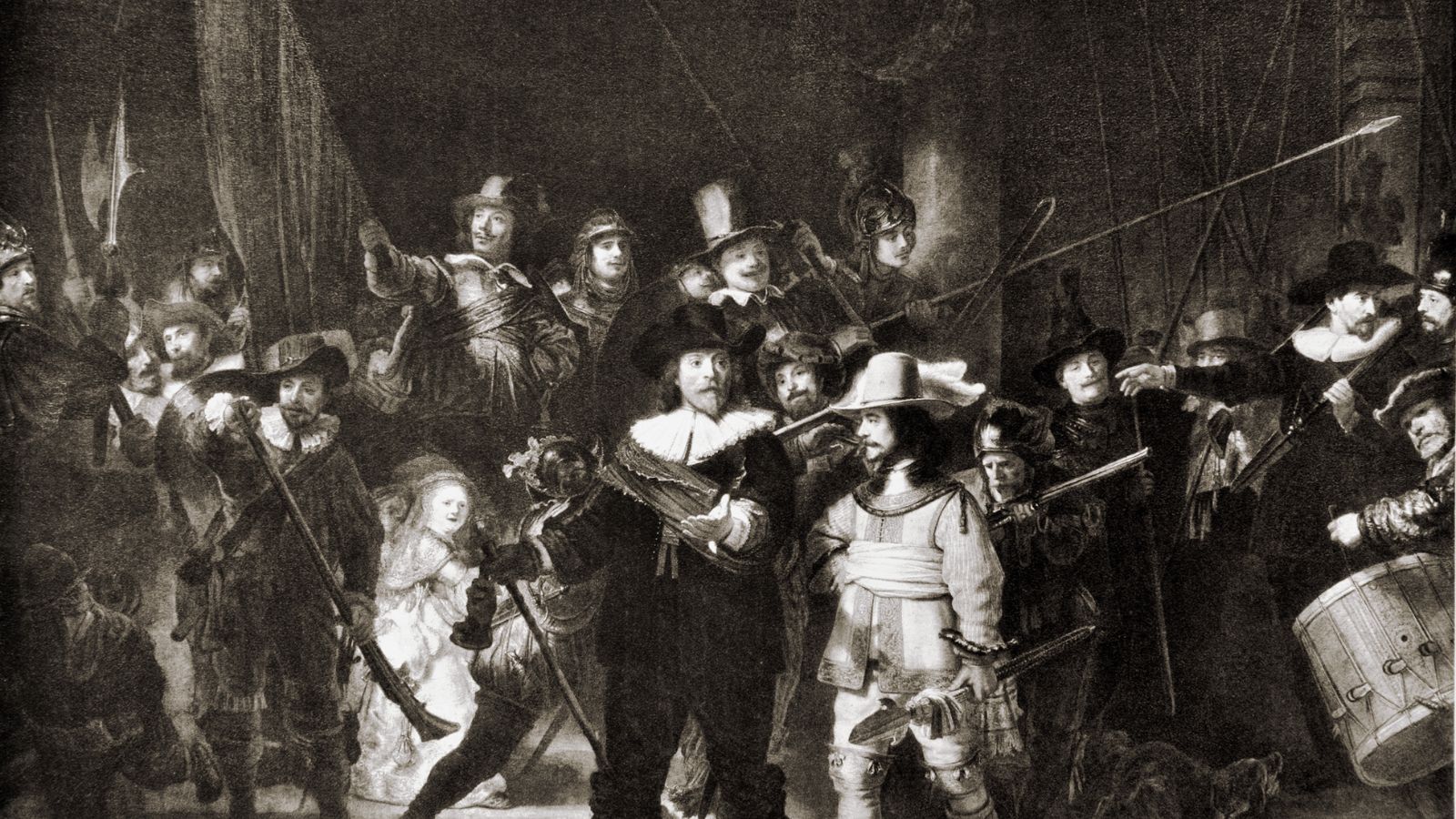
Dramatic use of light and shadow is famed in Rembrandt’s “The Night Watch,” but a hidden detail in this masterpiece is lesser known. The artist’s signature is subtly integrated into the painting; Rembrandt placed his name above the central arch, cleverly incorporating it into the composition without drawing overt attention to it.
American Gothic by Grant Wood
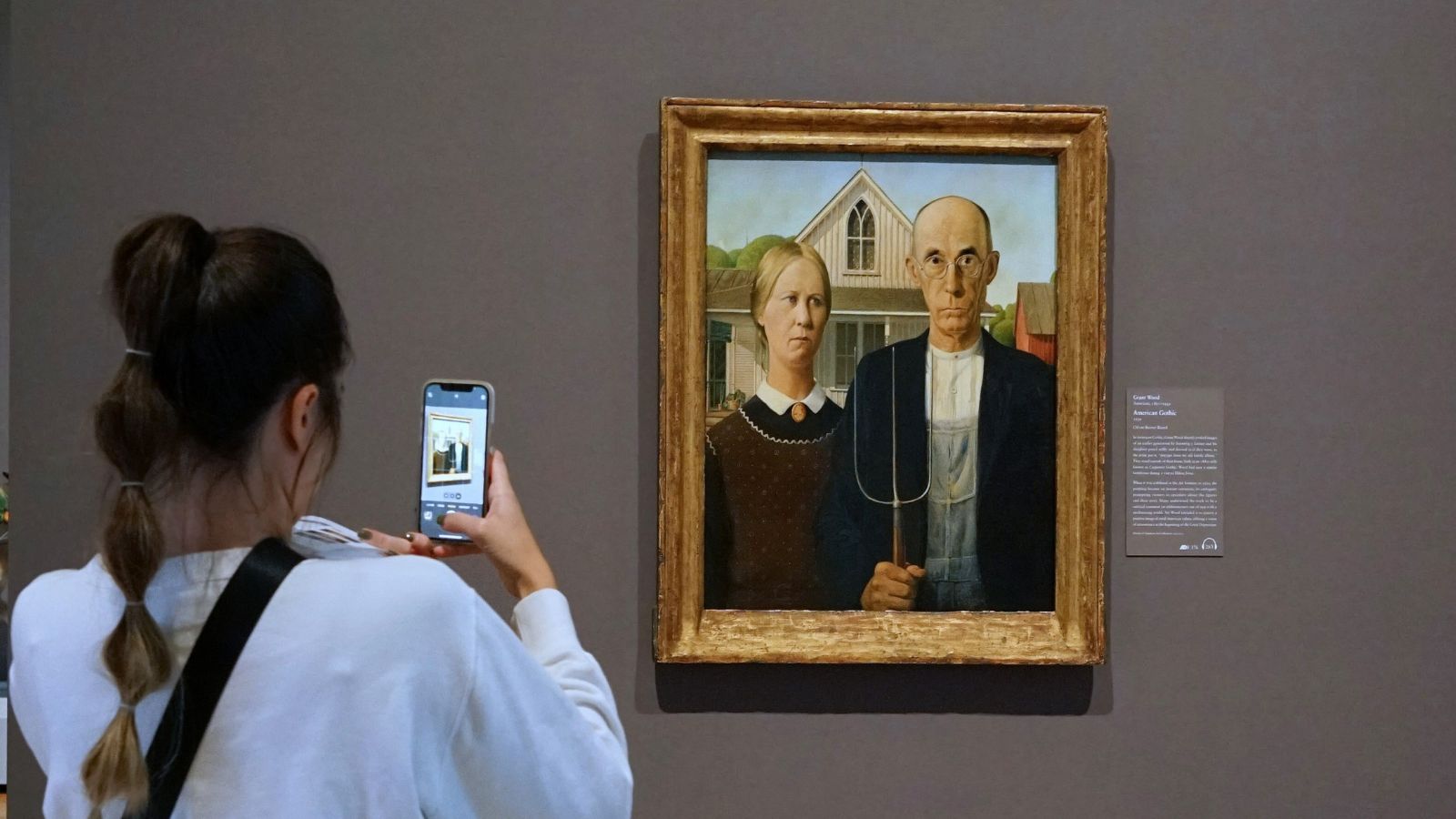
Hidden references to his own life feature in Grant Wood’s “American Gothic.” The models for the painting were the artist’s sister and his dentist, and by choosing these familiar faces, Wood added a personal layer to the work, blending the ordinary with the iconic in his portrayal of rural American life.
Guernica by Pablo Picasso

A powerful anti-war statement is found in Pablo Picasso’s “Guernica.” Within this chaotic scene, Picasso included a hidden image of a skull formed by the horse’s nostrils and teeth. This subtle detail reinforces the painting’s theme of death and destruction, emphasizing the horrors of the bombing of the Basque town of Guernica.
Las Meninas by Diego Velázquez

Within Diego Velázquez’s “Las Meninas,” Velázquez painted himself standing behind the central figures, holding a brush and palette. Few people realize this, and its inclusion not only asserts the artist’s presence within the scene but also highlights the act of creation, blurring the lines between the artist, the artwork, and the viewer.

